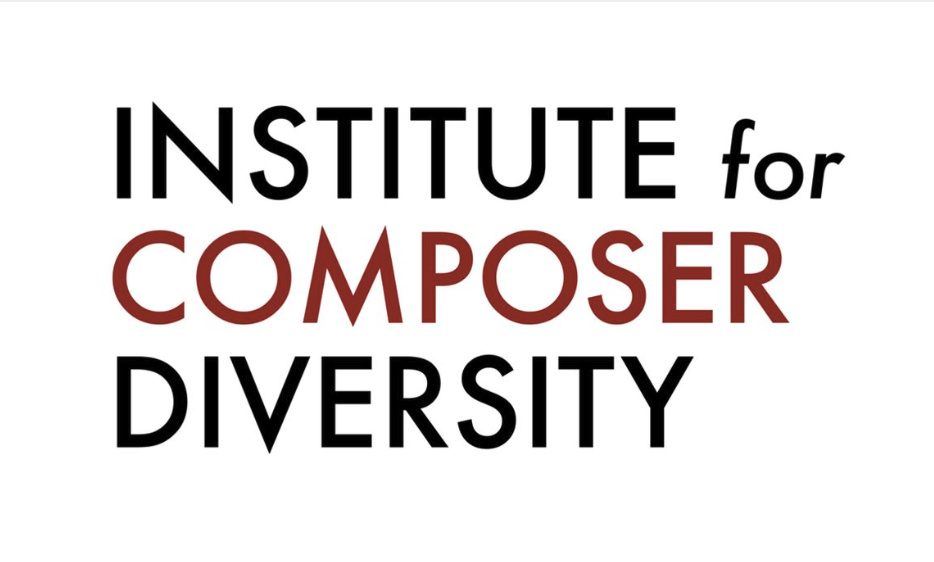Summaries by Budget Size and Regions
For almost half a century, Orchestras Canada has collected and published financial and audience information from member orchestras. The Comparative Report is shared confidentially among participating orchestras and used by Orchestras Canada for advocacy and ongoing research. The 2022-23 Comparative Report contains information from 76 orchestras. It includes all member orchestras with budgets over $1.5 million, and most other orchestras which historically have had budgets over $50,000.
The 2022-23 Summaries are compiled using information from the Report. They provide an overview of the Canadian orchestra industry for the 2022-23 season, consolidated in two ways: by budget size and by regions.
Percentages are calculated in two ways: 1) based on the aggregate totals, and 2) “averages-of-percentages” using percentages for each participating orchestra. This approach is useful when considering relatively small samples of organizations of disparate size and scope, especially by regions.
We continue to calculate “Cost per live audience contact” (CPLAC) in the Summaries. This is a simple calculation: total expenses divided by total (live) audience. It’s a quick indicator of business efficiency across similarly sized organizations and of an orchestra’s own efficiency from year to year.
Summary of Summaries – 2018-19 to 2022-23 by Budget Size and Regions
COVID-19’s dramatic impact on orchestras started in March 2020 with the shutting down of performance venues. Within weeks, many orchestras began pivoting to various forms of online presentations. Not surprisingly, the 2019-20 financial and attendance numbers were far below results from the previous season.
2020-21 was a fully COVID-affected season. Budgets contracted further. Most orchestras pivoted to online activity almost exclusively. The 2018-19 aggregate live audience of 2,843,000 collapsed to 53,000 in 2020-21; a drop of 98%!
2021-22 marked the beginning of recovery. The miniscule live audience of 2020-21 rebounded to 1,061,664; but still a long way from pre-COVID 2018-19 audience of almost 3 million.
In the context of the previous four years, 2022-23 is a fascinating read. Overall budgets were similar to 2018-19, with 2022-23 expenses coming in 5% higher. However, live audiences lagged by 700,000: 2.1M (2022-23) against 2.8M (2018-19).
Across the three COVID years, orchestras accessed unprecedented levels of targeted government support. In 2022-23, this support receded significantly. Many orchestras posted significant operational deficits, but Net Assets positions remained stable, primarily due to net surpluses in the previous 3 seasons.
Online activity: In 2018-19, online orchestral activity barely existed, and – given its rarity, we neither collected information on it nor reported it. This began to change in 2019-20. In 2020-21, the “season of closed concert halls”, online activity blossomed, with 67 orchestras reporting online activity. In 2022-23, only 27 orchestras reported online activity.
While these Summaries of Summaries are packed with information, we hesitate to over-analyze. 2023-24 seasons are already at or past, their mid points. We expect that numbers for 2023-24 will be different, hopefully showing continued audience growth.
In the years that we have been preparing the Comparative Report and Summaries, we never expected to see numbers like those of the past four years. We commend these Summaries and Summary of Summaries to you for vigorous discussion in your organization.
General disclaimer
We produce these Summaries using straightforward information and commonly accepted definitions, avoiding subjective judgments as much as possible. The accuracy of the Summaries is dependent primarily on the accuracy of information provided by the participating orchestras, followed by accurate transfer of information to master spreadsheets. If significant errors are noticed, we would appreciate knowing.
Respectfully submitted
C Stephen Smith (Statistician, Orchestras Canada)
February 2024

 “I joined the insurance industry in 2007 when I attended Mohawk College in their insurance program. After graduating in 2009 I have held various positions both on the insurance company as well as the brokerage side. In November of 2019 I joined Cowan Insurance Group in their claims department handling commercial claims. From their I was able to move up into a Specialist role focusing on more complex claims and eventually into a leadership position initially just leading the claims department and eventually expanding out to lead our sales and service team in the Small Business section f the organisation. I am very passionate about protecting businesses and families and have seen up close from my claims experience how important the proper insurance is. When I am not working I enjoy spending time with my wife Nicole and our newborn daughter Eris going for hikes or walking the dogs. I also enjoy playing sports in local community recreation leagues in my community of Woodstock Ontario.”
“I joined the insurance industry in 2007 when I attended Mohawk College in their insurance program. After graduating in 2009 I have held various positions both on the insurance company as well as the brokerage side. In November of 2019 I joined Cowan Insurance Group in their claims department handling commercial claims. From their I was able to move up into a Specialist role focusing on more complex claims and eventually into a leadership position initially just leading the claims department and eventually expanding out to lead our sales and service team in the Small Business section f the organisation. I am very passionate about protecting businesses and families and have seen up close from my claims experience how important the proper insurance is. When I am not working I enjoy spending time with my wife Nicole and our newborn daughter Eris going for hikes or walking the dogs. I also enjoy playing sports in local community recreation leagues in my community of Woodstock Ontario.” “After spending 14 years teaching TESOL overseas, I joined the insurance industry in 2022, looking for a new challenge. I have several friends in the industry, from benefits to commercial lines, and they all spoke highly of the profession, leading me to apply for my current position at Cowan. I enjoy my entire process with every client, from listening and gathering information about their businesses and operations to providing them with the coverage that will protect their businesses as they grow. I’m fortunate to be in a position that’s as challenging and rewarding as this one! Aside from my current sales role at Cowan, I enjoy spending time with family and friends. My wife Minji, who I met overseas, and our two sons Raiden and Reuben like to travel and do activities together around the London area where we currently reside. We look forward to hitting the slopes this winter for the first time with some family and friends. ”
“After spending 14 years teaching TESOL overseas, I joined the insurance industry in 2022, looking for a new challenge. I have several friends in the industry, from benefits to commercial lines, and they all spoke highly of the profession, leading me to apply for my current position at Cowan. I enjoy my entire process with every client, from listening and gathering information about their businesses and operations to providing them with the coverage that will protect their businesses as they grow. I’m fortunate to be in a position that’s as challenging and rewarding as this one! Aside from my current sales role at Cowan, I enjoy spending time with family and friends. My wife Minji, who I met overseas, and our two sons Raiden and Reuben like to travel and do activities together around the London area where we currently reside. We look forward to hitting the slopes this winter for the first time with some family and friends. ” Angela Barham is the National Business Development Manager at K&K Insurance Canada, an MGA specializing in sport entertainment and leisure risk. With over 18 years of experience in insurance, she helps brokers across Canada find the best solutions for their clients.
Angela Barham is the National Business Development Manager at K&K Insurance Canada, an MGA specializing in sport entertainment and leisure risk. With over 18 years of experience in insurance, she helps brokers across Canada find the best solutions for their clients.



 Presenter: Lise Jubinville, Manager, CITES Permit Program Delivery, Wildlife Management and Regulatory Affairs / Canadian Wildlife Service
Presenter: Lise Jubinville, Manager, CITES Permit Program Delivery, Wildlife Management and Regulatory Affairs / Canadian Wildlife Service
 Eric Nelson, VP of Global Partnerships at TRG Arts
Eric Nelson, VP of Global Partnerships at TRG Arts
 Zander Kyba, Senior Manager, Product Marketing, AudienceView
Zander Kyba, Senior Manager, Product Marketing, AudienceView